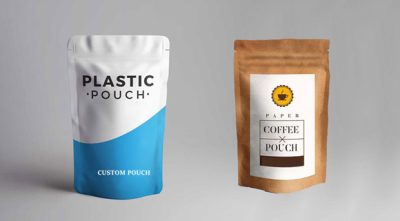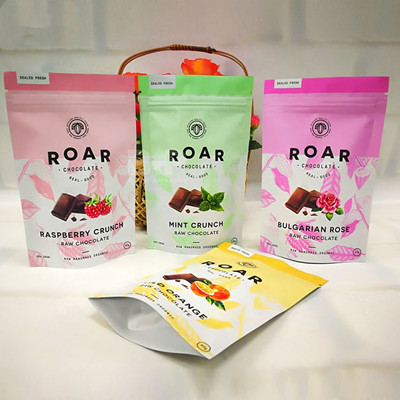Plastic bag recycling involves collecting, processing, and reusing plastic bags to reduce their environmental impact. Here’s how the process typically works:
- Collection: Plastic bags are collected from various sources, including recycling bins, drop-off locations, retail stores with collection programs, and waste sorting facilities. Consumers are often encouraged to return used plastic bags to designated collection points.
- Sorting: Once collected, the plastic bags are sorted based on their material type and quality. This step is critical because plastic bags may be made from different types of plastics, including low-density polyethylene (LDPE) and high-density polyethylene (HDPE). Sorting ensures that the bags are processed appropriately.
- Cleaning: To prepare the bags for recycling, they are cleaned to remove any contaminants, such as dirt, food residue, or other non-plastic materials. Clean bags are easier to process and yield higher-quality recycled materials.
- Shredding or Granulating: After cleaning, the plastic bags are typically shredded or granulated into small pieces, creating plastic flakes or pellets. The size and form of these pieces may vary depending on the recycling facility and the intended use of the recycled plastic.
- Extrusion and Reprocessing: The plastic flakes or pellets are then melted and formed into new plastic products through a process called extrusion or reprocessing. The specific methods and equipment used can vary based on the type of plastic being recycled and the desired end product.
- Product Manufacturing: The resulting recycled plastic material can be used to manufacture a wide range of products, such as new plastic bags, composite lumber, plastic lumber, garden furniture, or other plastic products. The choice of product depends on market demand and the characteristics of the recycled material.
- Quality Control: Throughout the recycling process, quality control measures are in place to ensure that the recycled plastic meets specific standards and requirements. This includes testing for strength, purity, and other properties.
- Distribution: Once the recycled plastic has been processed into new products, these products are distributed for sale and use. Recycled plastic bags, for example, can be reintroduced into the market as reusable or recycled-content bags.
- Consumer Use: Recycled plastic products, including bags, are purchased and used by consumers. It’s essential for consumers to continue recycling these products when they reach the end of their life cycle.
- Recycling Promotion: Recycling programs often include public education and awareness campaigns to encourage consumers to recycle plastic bags correctly and consistently.
It’s important to note that not all plastic bags are suitable for recycling. Bags that are heavily contaminated with food or other materials may be difficult to recycle and should be disposed of properly. Additionally, some recycling facilities may not accept certain types of plastic bags, so it’s essential to check with local recycling programs or facilities to determine their specific requirements and guidelines for plastic bag recycling.




















